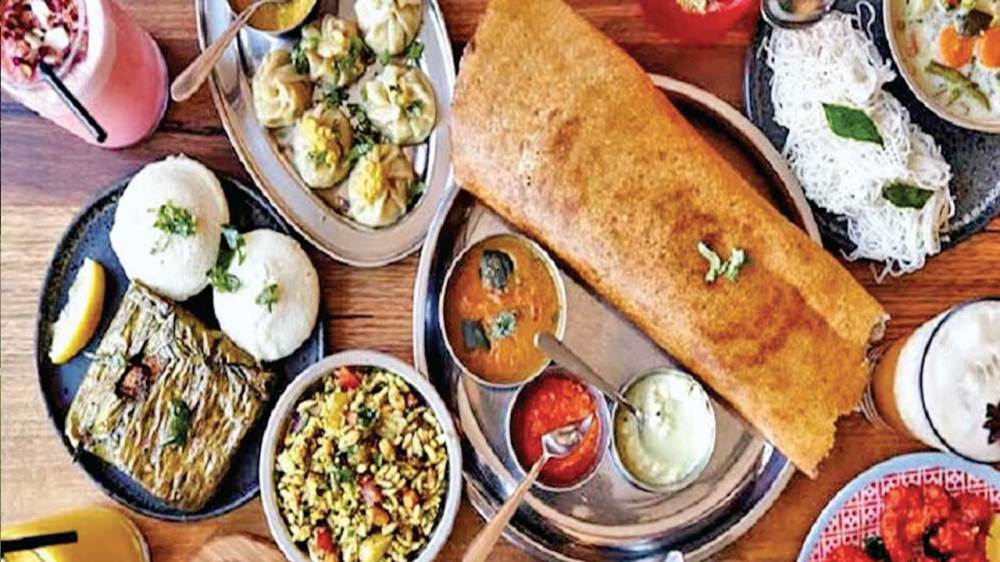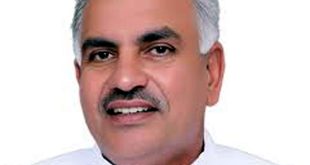
More than half (55.6 percent) of India's population cannot afford a nutritious diet. Except for 2020, the year when the corona epidemic spread across the world, this ratio has been increasing continuously. These shocking information has come to light in the new report of the United Nations (UN) 'The state of food security and nutrition in the world'.
According to the report, this situation is higher than the average of all South Asian countries (53.10 percent). This region has the second largest share of the population after Pakistan (58.7 percent) in 2022. However, data for Afghanistan was not available in the report. In 2017, the proportion of the population unable to afford a healthy diet in India was 69.5 percent. The report published by five UN agencies defines a healthy diet based on four major factors. They include variety, which means a varied nutritious food set, adequacy, which means the availability of all essential nutrients compared to requirements, moderation, which means not choosing foods and nutrients associated with poor health outcomes, and balance, which means energy and macronutrient intake. During the year 2021 to 2023, 19.46 crore people in India suffered from malnutrition, which is 13.7 percent of the total population. Similarly, the number of malnourished children was 2.19 crore (18.7 percent) in 2021, which increased to 3.61 crore (31.7 percent) in 2022.
38% of Indians are getting non-nutritious food
According to the Global Food Policy Report 2024 Foods for Healthy Diet and Nutrition published in May this year, 38 per cent of the Indian population consumes a non-nutritious diet, while only 28 per cent of Indians consume all five nutritious food groups, including at least one starchy staple food, one fruit, one pulse, nut or other dry fruit. Globally, 35.4 per cent of people were unable to afford a healthy diet. Of these, 64.8 per cent were in Africa and 35.1 per cent in Asia.
 look news india
look news india
